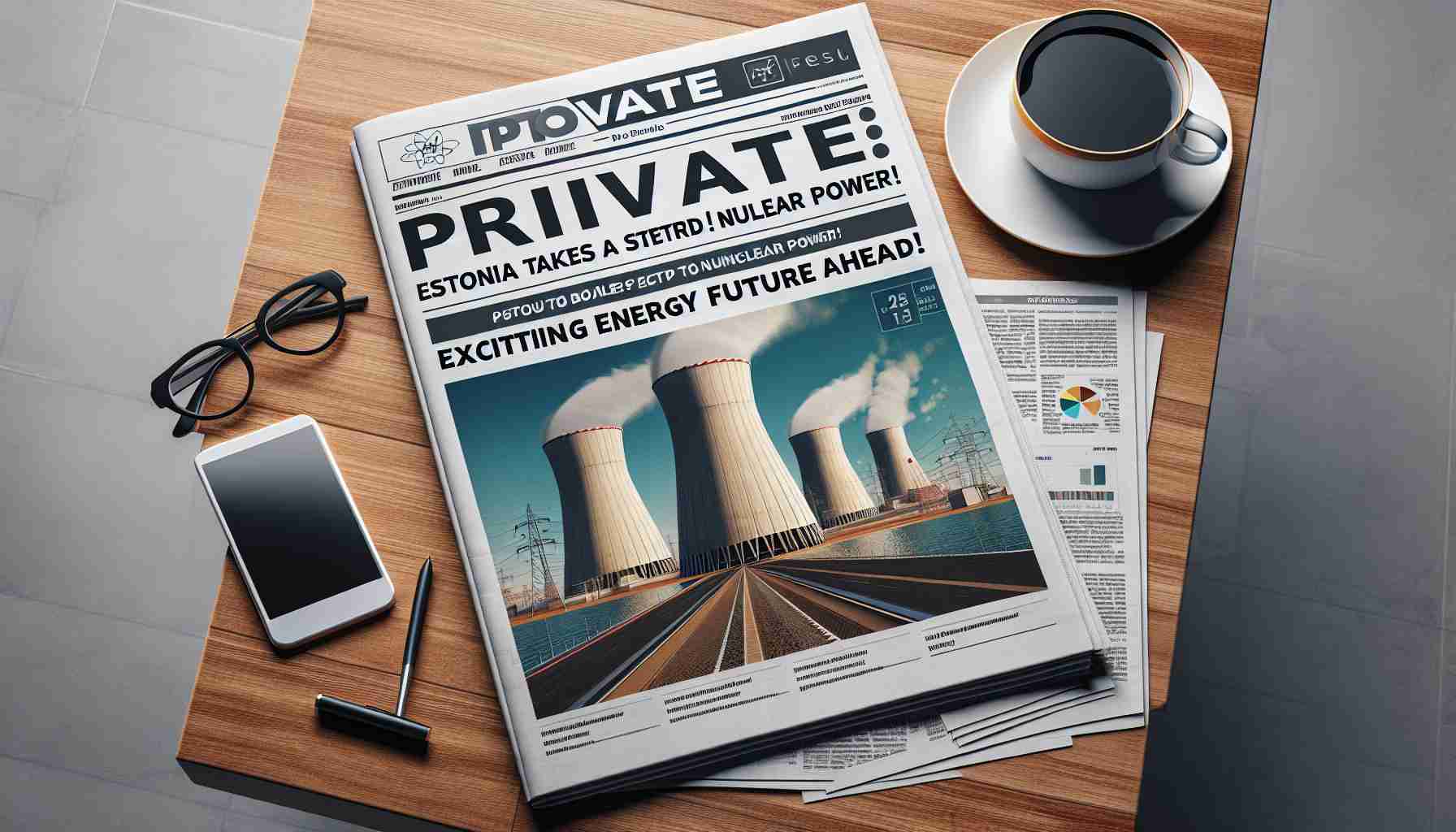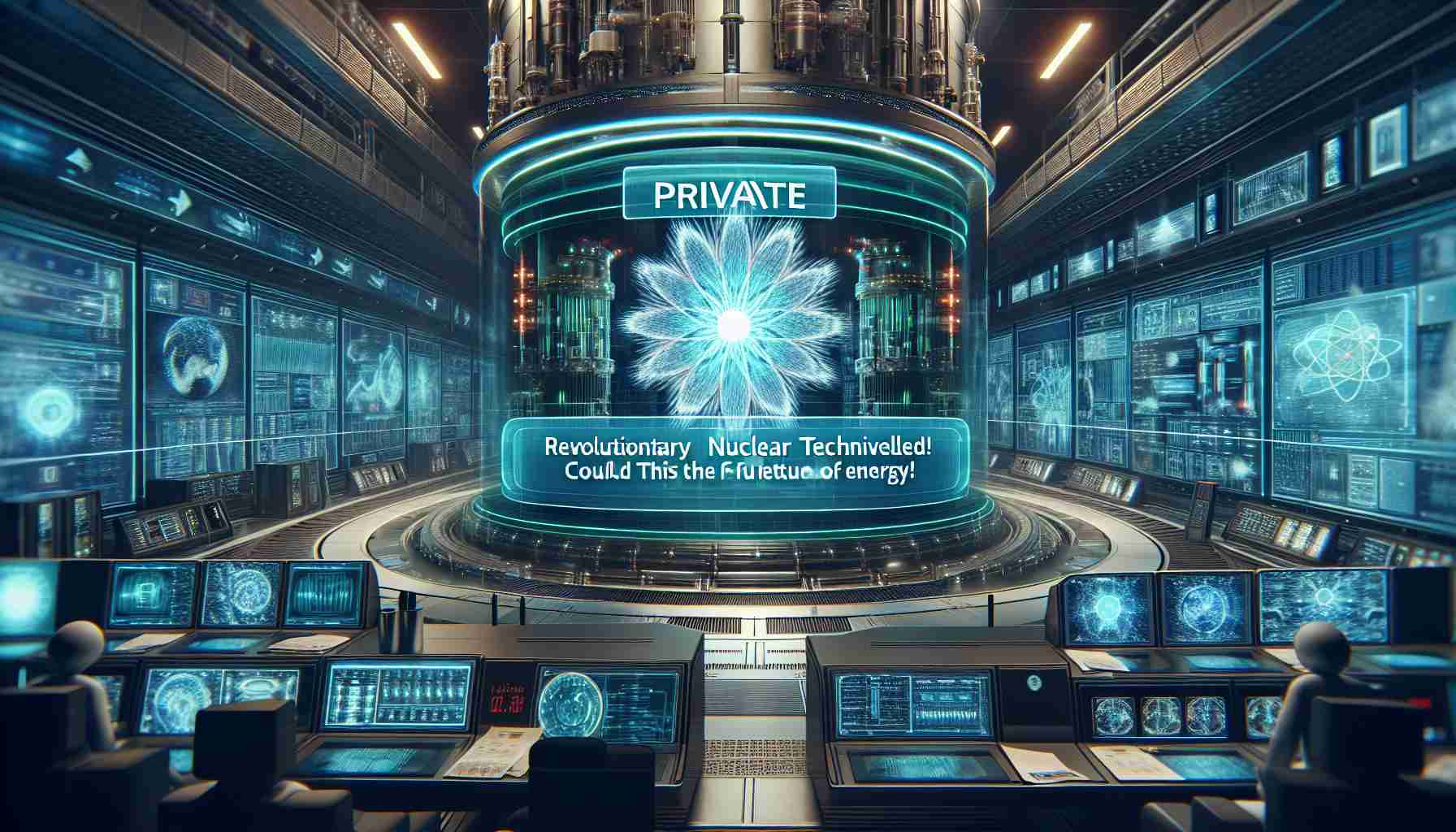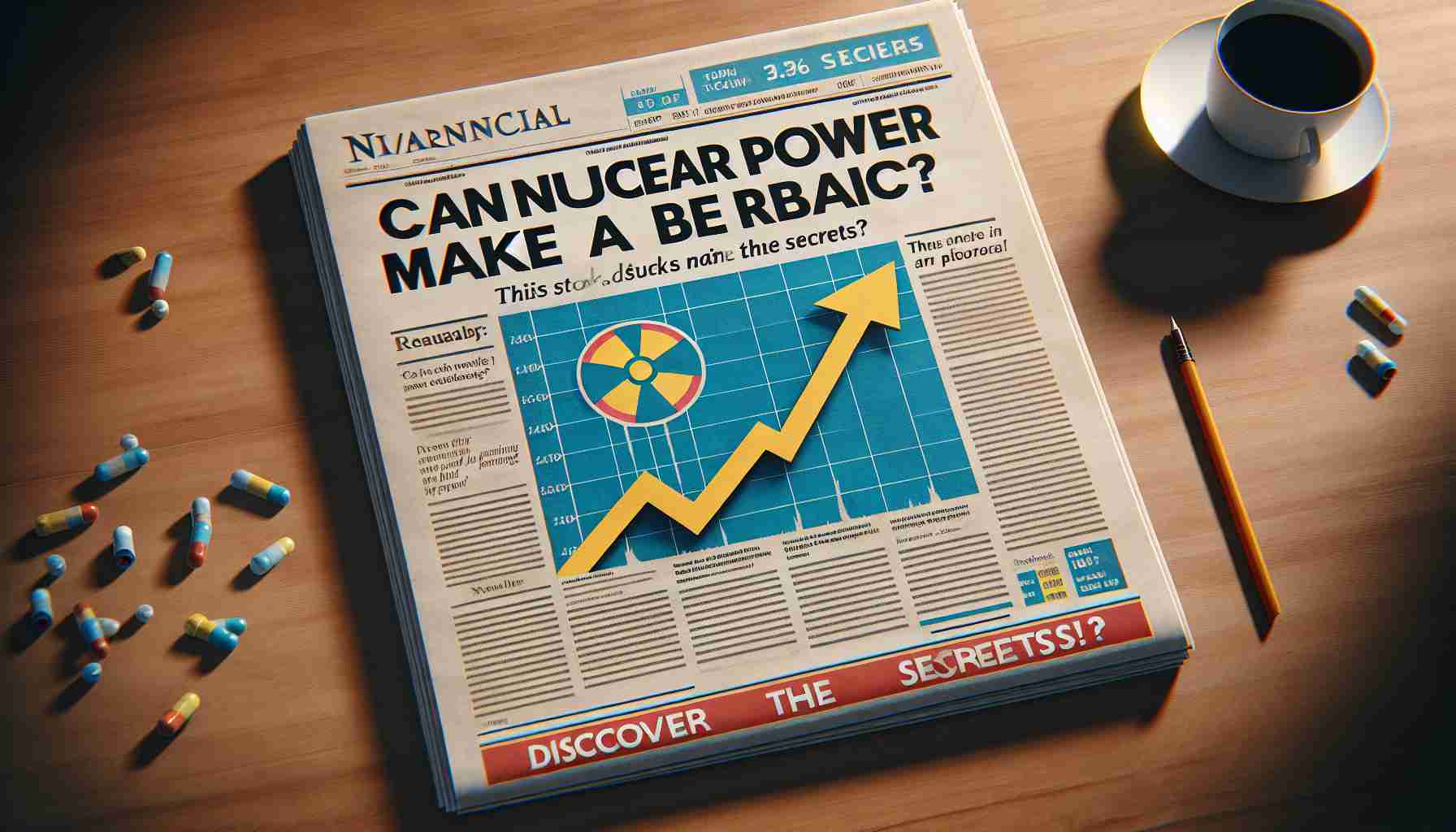Estonian Energy Revolution
Estonia is on the brink of a significant transformation in its energy landscape. The Estonian firm Fermi Energia has officially approached the Ministry of Economic Affairs and Communications with a proposal to establish a cutting-edge 600 MW nuclear facility. This initiative marks a pivotal moment in the country’s energy strategy.
The planned power plant will include two advanced 300 MW GE Hitachi BWRX-300 small modular reactors (SMRs). These innovative reactors are designed with advanced safety features and utilize water for cooling through natural circulation, showcasing a commitment to both efficiency and safety in nuclear energy production. The engineering behind the BWRX-300 draws from GEH’s established ESBWR boiling water reactor design.
Looking ahead, Fermi Energia has set an ambitious timeline, aiming to present a construction permit application by 2029, with actual construction expected to commence in 2031. This timeline reflects the company’s dedication to advancing Estonian energy independence.
In support of this development, the Estonian parliament recently endorsed nuclear energy following a thorough evaluation from the Nuclear Energy Working Group. As Estonia currently lacks nuclear capabilities, this potential leap could pave the way for a sustainable and innovative energy future.
Implications of Estonia’s Energy Transition
Estonia’s pursuit of nuclear power, particularly through the establishment of the Fermi Energia facility, represents a critical shift not only in its national energy policy but also within the broader global context of energy sustainability and security. As countries grapple with the dual challenges of energy independence and climate change, Estonia’s initiative reflects a growing recognition of nuclear energy’s potential to provide reliable baseload power—a much-needed complement to intermittent renewable sources like wind and solar.
This move could catalyze significant cultural shifts as well. For a nation historically reliant on fossil fuels, adopting nuclear energy may challenge preconceived notions about energy production and safety. A successful transition could encourage other nations in the region, particularly those with similar energy dependencies, to reconsider the role of nuclear power in achieving energy autonomy.
The environmental implications are intricately tied to this evolution. By significantly reducing reliance on fossil fuels, Estonia can contribute to global carbon reduction efforts. Given that the energy sector is a major contributor to greenhouse gas emissions, transitioning to nuclear power, with its low emissions profile, can accelerate Estonia’s progress toward climate commitments under international agreements.
Furthermore, this trend is consistent with a global shift towards small modular reactors (SMRs), which are perceived as safer and more adaptable. As nations explore these technologies, Estonia could emerge as a leader in nuclear innovation, influencing international energy policies and practices. Long-term, if executed well, Estonia may set a precedent for the integration of nuclear energy in a sustainable energy matrix, fortifying its position within an increasingly interconnected global economy.
Estonia’s Nuclear Future: Revolutionizing Energy Independence with New Small Modular Reactors
Overview of Estonia’s Energy Revolution
Estonia stands at a critical juncture in its energy journey, as the firm Fermi Energia seeks to introduce a groundbreaking 600 MW nuclear facility into the national power grid. The proposal, which has been submitted to the Ministry of Economic Affairs and Communications, could significantly reshape the country’s energy landscape, marking a partisan shift towards more sustainable energy sources.
Features of the Proposed Nuclear Facility
The proposed facility will consist of two state-of-the-art GE Hitachi BWRX-300 small modular reactors (SMRs), each capable of generating 300 MW. These reactors are engineered with advanced safety technologies and innovative cooling systems that utilize natural circulation of water, reflecting a higher emphasis on both efficiency and operational safety. The design is based on the proven ESBWR (Economic and Simplified Boiling Water Reactor) technology by GEH.
Timeline and Future Projections
Fermi Energia’s ambitious timeline includes submitting a construction permit application by 2029, with construction anticipated to start in 2031. This timeline not only showcases the urgency behind Estonia’s push for energy independence but also positions it to take advantage of modern nuclear technologies in the coming decade.
Pros and Cons of Nuclear Energy in Estonia
# Pros:
– Energy Independence: Reducing dependency on fossil fuel imports and enhancing energy security.
– Sustainability: Nuclear energy produces minimal greenhouse gas emissions compared to traditional fossil fuels.
– Scientific Advancement: Embracing cutting-edge technology stimulates innovation within the country.
# Cons:
– Regulatory Hurdles: Establishing nuclear facilities requires navigating extensive legal and environmental regulations.
– Public Perception: Nuclear energy can be controversial, and public opposition based on safety concerns may arise.
– Waste Management: Effective long-term solutions for nuclear waste disposal remain a global challenge.
Security Aspects and Innovations
The BWRX-300 SMRs include robust safety features adhering to the latest international standards. Innovations such as passive safety systems ensure that reactors can cool themselves in emergencies without external power, which is crucial for mitigating risks associated with nuclear energy.
Market Analysis and Trends
Estonia’s push towards nuclear energy aligns with a broader global trend favoring nuclear power as a means to achieve climate goals. Many countries are reconsidering nuclear energy as part of their energy mix in response to the climate crisis. The European Union’s Green Deal may also provide additional support and resources for Estonian nuclear initiatives, emphasizing the importance of reducing reliance on carbon-intensive sources.
Insights and Future Predictions
Should the project proceed as planned, Estonia could become a leader in nuclear innovation in Northern Europe, setting an example of how small modular reactors can be integrated into a national energy strategy. The transition could also stimulate economic growth through job creation in technology, construction, and regulatory sectors.
Conclusion
Estonia’s potential leap into the world of nuclear energy signifies a transformative energy strategy that emphasizes safety, sustainability, and independence. The proposed BWRX-300 reactors could not only change the country’s energy dynamics but also highlight a successful transition towards a low-carbon economy.
For further information on Estonia’s energy developments, visit Eesti.ee.
The source of the article is from the blog agogs.sk



